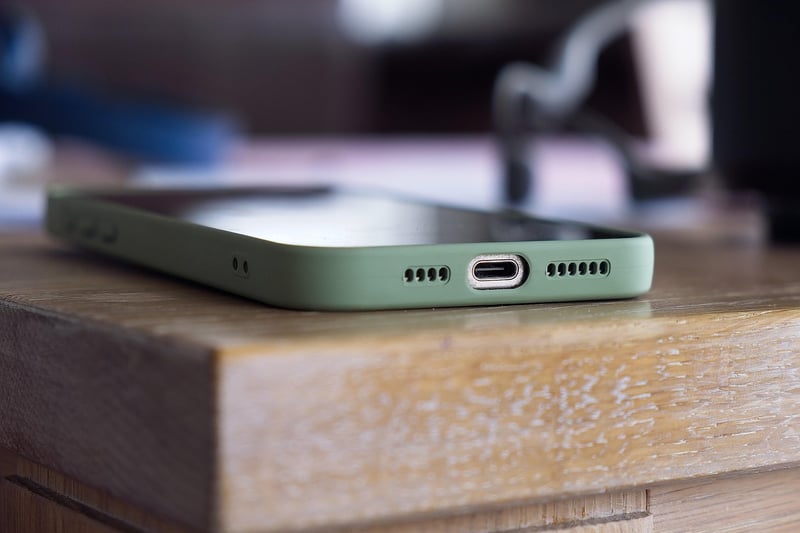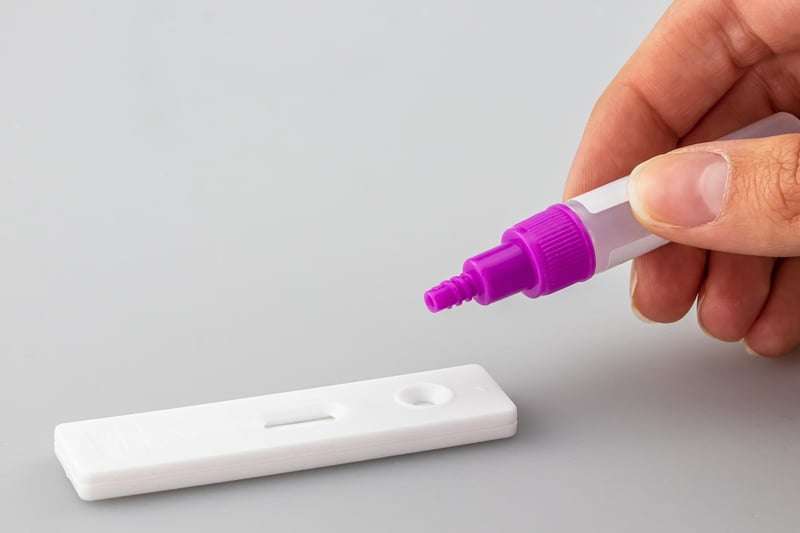Product Testing
Creating and Refining Your Product
Developing a successful product requires a combination of innovation, market research, and continuous refinement. Whether you are a seasoned entrepreneur or a first-time creator, honing your product development process is crucial for achieving market success. Here are some essential steps to help you create and refine your product:
1. Ideation and Concept Development
Begin by brainstorming ideas and concepts for your product. Consider the problem you are solving, your target audience, and how your product will stand out in the market. Use tools like mind mapping and design thinking to generate innovative solutions.
2. Market Research
Conduct thorough market research to understand your competitors, target market, and consumer needs. Analyze industry trends, customer feedback, and market gaps to identify opportunities for your product.
3. Prototyping and Design
Create prototypes and designs to visualize your product concept. Use prototyping tools and collaborate with designers to refine the product's functionality and aesthetics. Incorporate feedback from stakeholders to improve the prototype.
4. Testing and Iteration
Test your product with a focus group or beta users to gather feedback on usability, performance, and overall satisfaction. Use this feedback to iterate on the product design, features, and user experience. Continuous testing and refinement are key to creating a successful product.
Product Testing
Product testing is a critical phase in the product development process that ensures your product meets quality standards and user expectations. By conducting thorough testing, you can identify and address any issues before launching your product to the market. Here are some common types of product testing:
1. Usability Testing
Usability testing focuses on evaluating how easy and intuitive it is for users to interact with your product. By observing users' interactions and collecting feedback, you can identify usability issues and make necessary improvements to enhance the user experience.
2. Performance Testing
Performance testing assesses the speed, responsiveness, and stability of your product under various conditions. By simulating real-world usage scenarios, you can identify performance bottlenecks and optimize your product for optimal performance.
3. Compatibility Testing
Compatibility testing ensures that your product functions correctly across different devices, operating systems, and browsers. By testing compatibility, you can prevent compatibility issues that may arise for users using diverse technologies.
4. Security Testing
Security testing is essential to identify and address vulnerabilities in your product that could compromise user data or system integrity. By conducting security tests, you can protect your product and users from potential cyber threats.
By incorporating these product testing strategies into your product development process, you can ensure that your product is market-ready, high-quality, and user-friendly. Remember, testing is an ongoing process that should be integrated into each stage of product development to deliver a successful product to your customers.

Product development is a dynamic and iterative process that requires dedication, creativity, and a customer-centric approach. By focusing on creating and refining your product through effective ideation, market research, prototyping, and testing, you can increase the chances of launching a successful product that meets the needs of your target audience.
Remember, innovation and refinement are ongoing processes that can lead to continuous product improvement and sustained success in the competitive marketplace.
